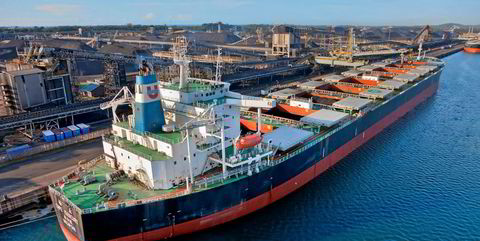Oregon LNG’s plans for a 9.6 million tonnes per annum export project have drawn the wrath of environmentalists who claim it could threaten wetlands and drive local natural gas prices higher.
The venture is seeking permission from US regulators to build a liquefaction plant on the Skipnon Peninsula in Warrenton near the mouth of the Columbia River.
The Federal Energy Regulatory Commission and the Department of Energy are currently preparing an environmental impact statement.
As part of the process, FERC held a series of meetings this week about the project under a public scoping period that will close in early November.
Environmentalist said the location in the Columbia estuary means connecting pipelines would cut across farmland and transverse rivers and streams within the picturesque wetlands.
Oregon LNG did not respond to media inquiries but LNG proponents have taken to multimedia platforms to highlight the potential economic benefits of the project.
The ‘We support OregonLNG’ Facebook page is peppered with pro-growth forecasts and the odd political jab.
One of the loudest voices against the development, meanwhile, comes from the Sierra Club’s Oregon chapter.
The environmental group claimed the plant’s operations would hurt fish habitats, including endangered green sturgeon. Construction would also require dredging in the Columbia River, it said.
The operator is hoping to find favour because it plans to export gas piped across the border from Canada rather than US feedstock. The plant’s nameplate capacity is equivalent to about 1.25 billion cubic feet per day.
However, there are fears that allowing LNG exports at all will mean higher prices for local consumers.
Oregon’s farm sector is one of the state’s largest consumers of natural gas. “The local food industry fears (the LNG venture) could harm their industry,” said Brett Vanden Heuvel, executive director at the Columbia Riverkeeper advocacy group.
The sector is susceptible to spikes in propane and natural gas prices as the fuels are used by local dairy, food processors, hop and hazelnut farmers for drying their produce after harvest.




